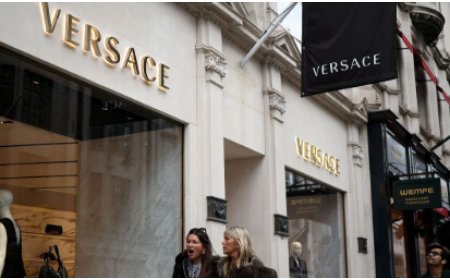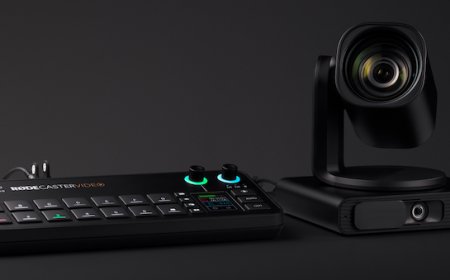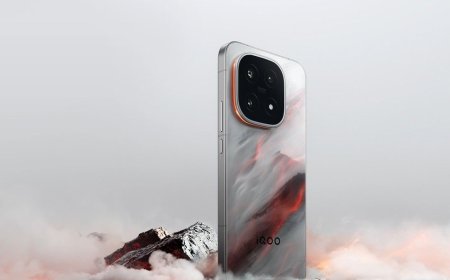Nvidia Bets on Intel as Luxury Brands Brace for Tariff Turbulence: Global Business Shifts Under Spotlight
Nvidia strengthens semiconductor strategy with Intel investment as luxury brands face tariff pressures and global trade tensions intensify.

Global markets are in flux as major corporate strategies take center stage. Nvidia’s investment in Intel has drawn global attention, signaling a potential reshaping of the semiconductor industry, while luxury brands navigate the challenges posed by rising tariff pressures. At the same time, U.S.-China trade frictions continue to ripple across global supply chains, prompting companies to rethink long-term strategies.
Nvidia’s Strategic Investment in Intel
Nvidia, the global leader in graphics processing units (GPUs) and artificial intelligence (AI) computing, has taken an unexpected step by investing in Intel. The move is being widely interpreted as a strategic hedge to strengthen Nvidia’s position in the global semiconductor supply chain.
For years, Nvidia and Intel were considered competitors in certain segments of the chip market. Yet, with AI adoption surging and chip shortages lingering across sectors, partnerships and cross-investments are becoming a survival strategy. Nvidia’s backing of Intel could accelerate innovation in data center infrastructure, AI hardware, and next-generation chip designs.
Analysts suggest that the partnership could benefit both sides: Intel gains renewed investor confidence and fresh capital, while Nvidia secures influence in one of the few companies capable of challenging Asia’s dominance in semiconductor manufacturing. In an industry where geopolitical risks are high, this collaboration may also act as a buffer against supply disruptions.
Luxury Brands Confront Tariff Headwinds
While tech companies are looking to strengthen their foothold, the luxury fashion and lifestyle sector is bracing for a challenging season. Rising tariffs between major economies, particularly the United States, China, and the European Union, are threatening the profitability of high-end brands.
Luxury houses in Paris and Milan are already witnessing higher import duties on apparel, leather goods, and accessories, pushing up costs. These tariffs are forcing companies to either absorb the added expenses—cutting into profit margins—or pass them on to consumers, risking demand in price-sensitive markets.
China, one of the largest markets for luxury goods, is particularly crucial. Tariff hikes and shifting trade policies could dampen Chinese consumer demand, which has been a growth engine for the industry over the past decade. Brands like LVMH, Gucci, and Burberry are reportedly exploring ways to diversify their supply chains and reduce dependency on tariff-sensitive regions.
Trade Tensions Shape Corporate Strategy
Beyond luxury and semiconductors, global companies across industries are grappling with uncertainty caused by ongoing U.S.-China tariff disputes. Washington and Beijing have exchanged a series of duties covering a wide spectrum of goods, from electronics to consumer products.
This uncertainty is pressuring multinational corporations to rethink supply chain strategies. Many firms are shifting manufacturing bases from China to Southeast Asian nations like Vietnam, Thailand, and Indonesia. Others are investing more heavily in domestic or regional production facilities to mitigate the risk of sudden tariff changes.
Financial experts caution that while diversification reduces dependence on one region, it also increases costs and complexity. Companies now face the dual challenge of balancing resilience with profitability.
Investor Reaction and Market Outlook
Markets have reacted with mixed sentiments to these corporate moves. Nvidia’s investment in Intel sparked optimism in tech stocks, with analysts highlighting the long-term potential of a stronger U.S. semiconductor ecosystem. On the other hand, luxury retail stocks showed volatility as tariff fears clouded future earnings potential.
Investors are also closely monitoring how global trade negotiations unfold. Any easing of U.S.-China tensions could provide relief to corporations, while an escalation may lead to further market corrections. The broader business community is calling for more predictable trade policies to foster stable investment climates.
The Bigger Picture: Resilience and Adaptation
The developments in semiconductors and luxury goods reflect a broader global business trend: resilience and adaptation in an uncertain economic climate. Companies are no longer relying solely on traditional models of competition but are increasingly exploring partnerships, cross-investments, and diversification strategies.
For Nvidia and Intel, collaboration signals an era where technological progress may depend more on alliances than rivalries. For luxury brands, success will hinge on agility in managing supply chain disruptions and shifting consumer preferences amid tariff wars.
As geopolitical and economic pressures mount, businesses across sectors will be defined by their ability to adapt. Investors, policymakers, and consumers alike are watching closely to see which strategies deliver sustainable growth in this volatile environment.

















































